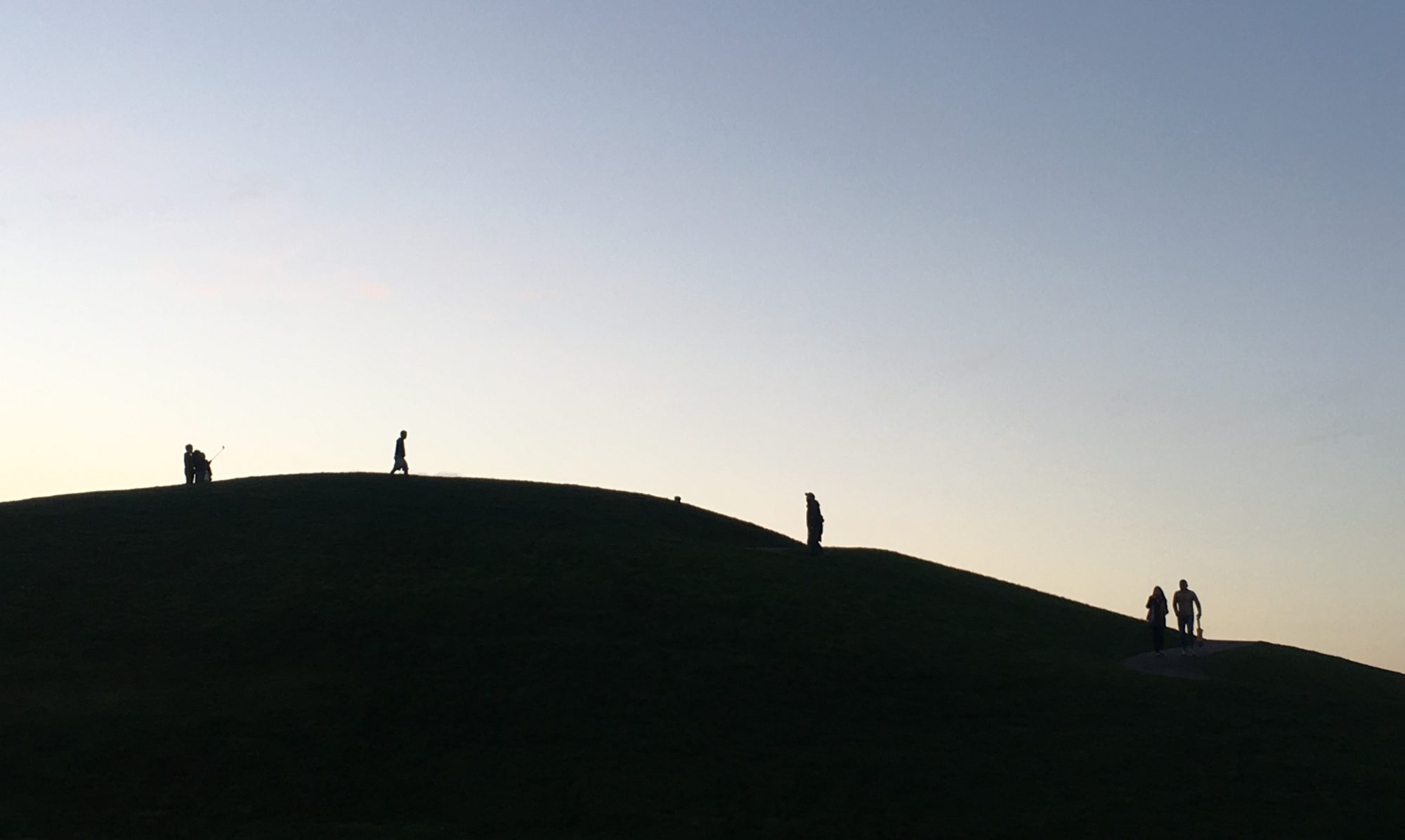Some are born rich, some achieve riches, others have riches thrust upon them. Last week, the owner of a lottery ticket purchased in Illinois won a prize worth up to $1.34bn. The ticket holder will have to decide whether to take an immediate cash prize of $780.5m, or to take the full amount in instalments over a period of 29 years. Making this choice will, I assume, depend in part on the life expectancy of the winner, and in part on the way they would respond to Walter Mischel’s marshmallow test.
Before I think about what I would do with a billion dollars, I feel the need for a short digression. When I was a child, the pound was worth roughly two-and-a-half dollars. The rate varied, month-by-month and year-by-year, but the simple rule of conversion was that one dollar was worth about 40p. In those days, winning $1.34bn in a US lottery would equate to around £536m, which is a very healthy sum for sure, but only just over halfway to a billion pounds. Nowadays, the pound is trading at around 1.20 to the dollar, which means that the lucky lottery ticket holder from Illinois is a billionaire in both dollars and pounds. In my lifetime, the pound has lost half its value against the dollar, which makes UK assets – houses, land, companies, and leading football teams – more vulnerable to foreign takeover, and which makes it increasingly hard for British citizens to move to the US without a significant short-term reduction in living standards. The dollar benefits from the privilège exorbitant of being the leading global reserve currency, but its comparative strength relative to the pound over the past fifty years also reflects the higher calibre of economic policy making in the US. If there were a marshmallow test for nations, I think we all know that today the UK would make no attempt to defer gratification.
Continue reading “Who wants to be a billionaire?”